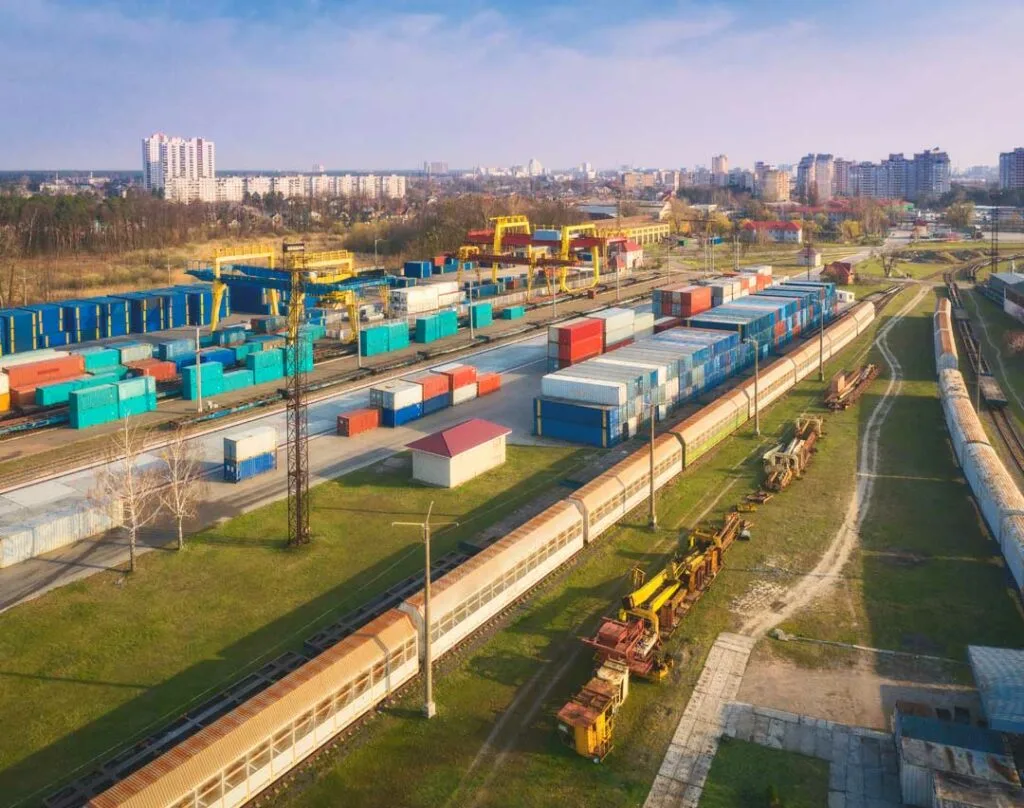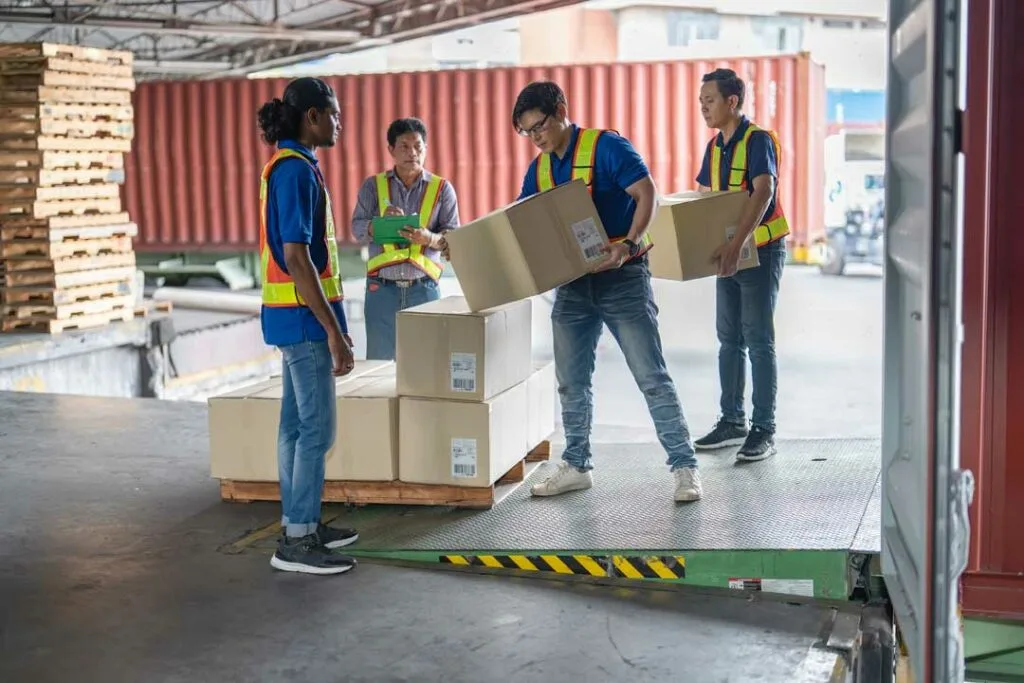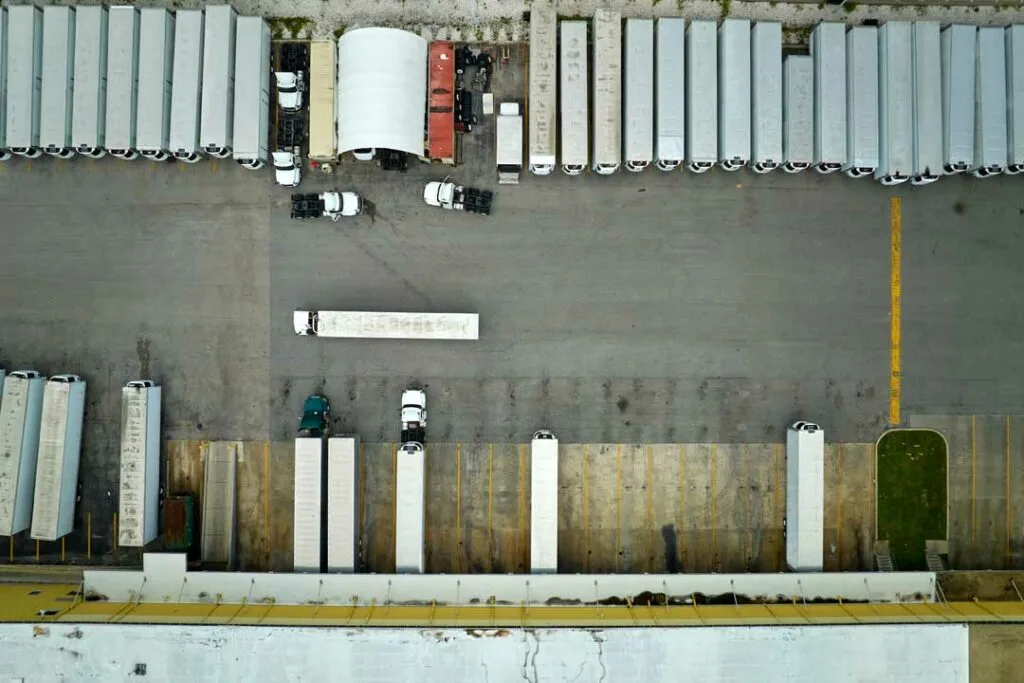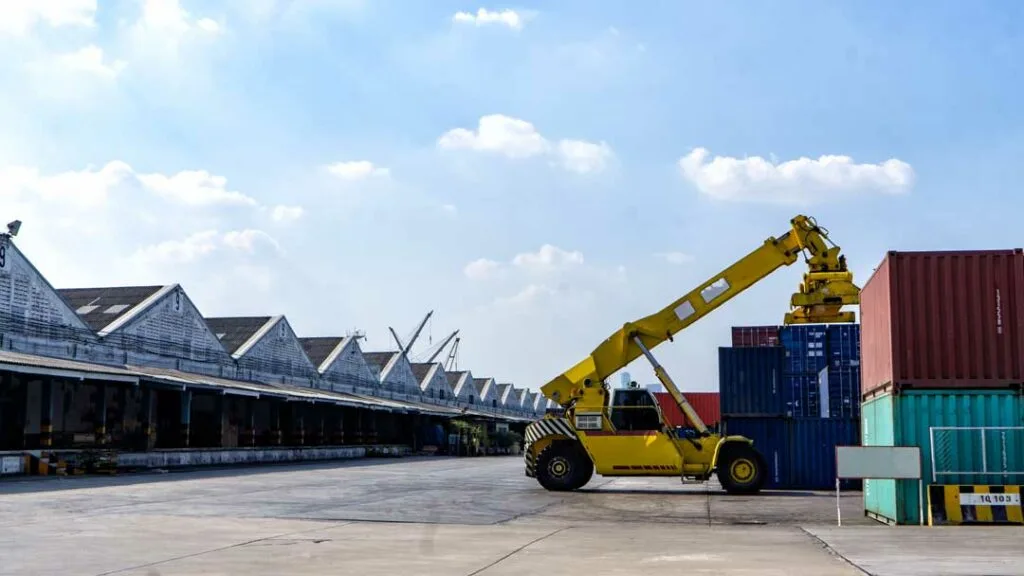Not sure when to use cross docking vs transloading in Utah? Let’s break down the differences so you can streamline your logistics strategy.

Businesses operating in Utah’s busy logistics sector often encounter the choice between cross-docking and transloading, but understanding the key differences helps systematize operations. Knowing when to use each method can reduce delays and cut handling costs.
Understanding Cross Docking and Transloading in Utah for Your Supply Chain
For time-sensitive shipments, using cross docking in the middle of the supply chain can eliminate storage needs and speed up distribution. In contrast, transloading is better suited for freight that requires repackaging or mode changes. The right choice depends on shipment type, timelines, and how much handling the goods can withstand.
Choosing the right approach can make a difference in how quickly products reach their destination and how much is spent on storage. Reliable cross-docking solutions near Salt Lake City can be particularly useful for time-sensitive deliveries, while transloading is often chosen when shipments require repacking or handling between trucks and trains.
Key Takeaways

- Cross-docking and transloading serve different supply chain needs.
- Proper selection leads to faster delivery and cost savings.
- Utah businesses can optimize operations with the right solution.
Key Differences Between Cross-Docking and Transloading in Utah
Both cross-docking and transloading play an important role in Utah’s logistics sector, especially due to the state’s position as a transportation hub. Each process serves different supply chain needs, from transfer times to the types of goods that move through key terminals, such as intermodal facilities connected to the BNSF Railway network.
Cross-Docking Processes and Applications
Cross-docking in Utah involves unloading products from inbound trucks and moving them directly onto outbound trucks with minimal storage time. This approach is common at intermodal facilities where fast transfers between different transportation modes, like truck and rail, are critical. The goal is to reduce warehouse holding times, typically keeping goods in terminals for less than 24 hours.

This method is highly effective for companies shipping high-volume palletized goods, perishable items, or products with tight delivery schedules. By minimizing handling and storage, cross-docking can lead to lower warehouse costs and faster delivery. It is especially suited to businesses that rely on time-sensitive or just-in-time inventory strategies.
Transloading Processes and Use Cases
Transloading is a process where goods are transferred from one transportation mode to another, often after being sorted, repackaged, or consolidated. In Utah, this is commonly seen at intermodal terminals tied to the BNSF Railway, where containers arrive by rail and are then repalletized or reloaded onto trucks for regional distribution.
The value of transloading lies in its ability to handle diverse cargo types—including bulk materials, liquids, and mixed freight—which may need to be reorganized before final delivery. It enables flexibility for supply chains serving customers throughout the Intermountain West, integrating multiple intermodal services with ease. These operations often involve more handling compared to cross-docking but allow shippers to adjust for varying batch sizes and destination points.
Impact on Supply Chain Efficiency and Costs

Efficiency in the supply chain depends on factors such as cost savings, emission levels, and the integration of rail and road services. Transloading and cross-docking practices in Utah leverage these elements to systemize logistics and influence the financial condition of shippers and logistics providers.
Influence on Transportation Costs
Cross-docking is often used to consolidate smaller loads, allowing companies to combine shipments into a single truck or rail car. This process can lead to significant cost reductions, as fewer vehicles are needed for transport and shipments spend less time in transit. Single handling of freight helps minimize storage fees and reduces risk factors due to shorter dwell times.
By contrast, transloading involves more steps, such as transferring cargo from one mode of transport to another and sometimes re-palletizing. While this adds time and labour cost, it also provides flexibility to move products from bulk rail shipments onto trucks for final delivery.
Environmental Considerations and Carbon Emissions
Adopting rail-based transloading can significantly lower carbon emissions compared to trucking alone. Rail freight is known for higher fuel efficiency and reduced per-tonne emissions, particularly when double-track rail lines are available, such as on major BNSF Railway corridors through Utah. Cross-docking reduces the time goods remain in storage, potentially further limiting energy use at facilities.
However, a higher number of truck movements in cross-docking operations can offset some benefits unless shipments are consolidated effectively. Environmental regulations at both provincial and federal levels in Canada influence logistics planning, pushing companies to use greener practices.

Effective use of intermodal logistics, including transloading at strategic facilities, can be a proactive step toward sustainability goals.
Cross Docking vs Transloading in Utah: Which One Does Your Business Need?
Cross-docking and transloading serve different needs in Utah’s logistics sector. Cross-docking focuses on moving palletized goods quickly from one truck to another, eliminating storage time and speeding up distribution.
Transloading, on the other hand, involves unloading, sorting, and repalletizing goods, making it ideal for shipments changing modes of transport or freight types. Businesses select between these options based on shipment complexity, speed, and handling requirements.

Jessi is the creative mind behind The Coffee Mom, a popular blog that combines parenting advice, travel tips, and a love for all things Disney. As a trusted Disney influencer and passionate storyteller, Jessi’s authentic insights and relatable content resonate with readers worldwide.
